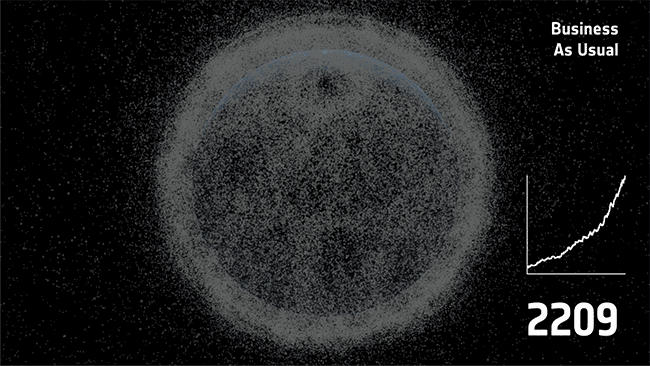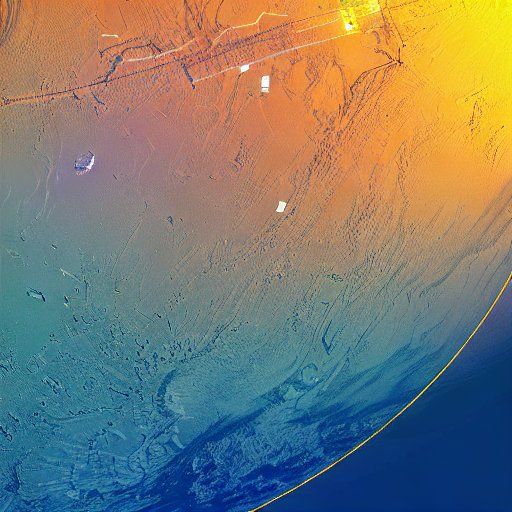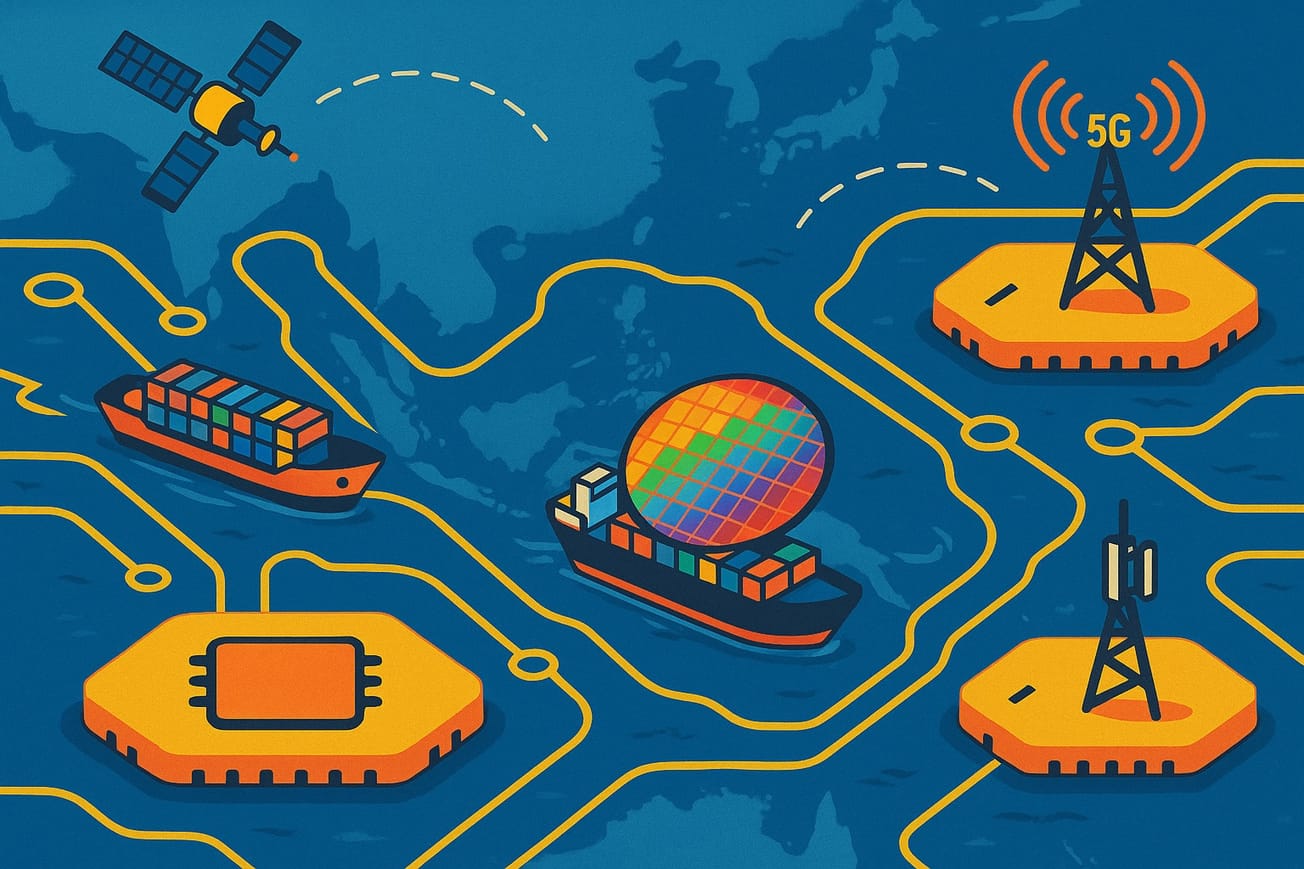

+ There is a race underway to secure strategic satellite positioning for states and their enterprises; with geosynchronous (GEO) orbits already at capacity and Low Earth Orbit (LEO) placements projected to number 100,000 by 2030, orbital space is increasingly at risk of overcrowding.
+ Greater orbital congestion leads to a greater risk of orbital collisions, threatening both human and robotic space flight and in turn creating more debris, which could give rise to a Kessler Syndrome event limiting access to space entirely.
+ Orbital debris removal efforts, despite their necessity, meet legal headwinds due to unclear debris ownership and stoke geopolitical tensions on earth, as clean-up equipment can be perceived as dual-use, capable of interfering with or disabling space infrastructure, adding a layer of mistrust among stakeholders.
+ A space governance gap is now undeniable, as existing international regulatory frameworks, outdated since the 1970s and under pressure from geopolitical competition, are unable to manage the rapid growth of public and private entities operating in space.
As space becomes a critical domain for commercial, scientific, and military interests, it is now more essential than ever to update the international frameworks governing orbital space. The rapidly growing number of public and private actors operating or investing in Earth's orbit face more than just the daunting challenge of an increasingly fraught geopolitical environment set against the backdrop of an ill-defined, fragmented, and outdated regulatory landscape. They must also contend with the product of that state of affairs, namely an operational space increasingly busied with new entrants and cluttered with orbital debris, compounded by competing approaches to managing that congestion.
Orbital Congestion, Mega-Constellations, and Proliferating Debris
Increasing competition has spurred an unprecedented degree of state and private investment in the final frontier, fueling rapid growth. While commercial interests and state-led spending on space-enabled capabilities and assets have surged, regulation has not kept pace. An internationally-agreed regulatory update has not occurred since the 1970s, leaving a burgeoning governance gap as space activities evolve beyond what was possible, or even conceivable, during the state-centric Cold War era. What’s more, geopolitical competition on earth is hindering international cooperation in space, making any mutually acceptable regulatory updates nearly impossible to achieve.
A compelling example of this is the issue of satellite placement. Current regulations allow practically anyone to launch satellites into any non-geosynchronous orbit, given they inform the International Telecommunications Union (ITU) of their radio band to avoid interference. Most recently, with Low Earth Orbit (LEO) gaining popularity, there is even less regulation governing satellite placement. Forecasts suggest an explosion in the number of deployed satellites, with estimates projecting the current population to pass 100,000 by 2030, propelled by the emergence of new mega-constellations. China, for example, has committed to placing 13,000 satellites in space for its Gouwang internet service, while SpaceX’s Starlink constellation has plans to expand from 12,000 to a possible 42,000 satellites. The glaring lack of meaningful regulation in the face of such ambitious expansion will inevitably increase the risk of overcrowding. Some popular areas for geosynchronous orbits over North America and East Asia are already at capacity, leaving no room for new entrants. As states race to secure space for themselves and their enterprises, the positioning of satellites is transforming into an unavoidable and highly competitive strategic as well as operational liability.

Such congestion can exponentially escalate the risk of accidents and collisions. A stark illustration of this threat occurred in 2009 when US and Russian satellites collided, creating over 2,000 pieces of orbital debris. Such debris not only poses a significant risk to orbital infrastructure, but threatens our very access to space, as it also increases the likelihood of a Kessler Syndrome event, where a cascade of collisions renders space inaccessible. The lack of international agreements regarding debris disposal has enabled their proliferation: currently, over 27,000 pieces of orbital debris are tracked by the US Department of Defense. A multitude of these fragments are too small to track, yet still large enough to threaten both human and robotic space flight. Even when not directly damaging infrastructure, such debris necessitates costly collision avoidance maneuvers, leading to hundreds of unplanned actions every year, expending fuel, and shortening satellites’ operational lifespans.
Dual-Use Tools and Debris Removal
As the demand and the market for orbital debris removal grows, legal complications inevitably arise concerning debris ownership, particularly as it pertains to salvaging. Geopolitical tensions are further stoked by the fact that equipment ostensibly designed for debris clean-up is easily perceived as dual-use, such as a Chinese debris-clearing satellite outfitted with a robotic arm, or another that was spotted pulling a defunct satellite from its orbit. The deployment of such equipment has significantly alarmed the U.S., as these platforms can also be used to interfere with or disable space infrastructure in ways that might not be easily attributable. While satellite-based tools do address the space debris issue, they may also serve as covert weapons, adding a new dimension of risk and mistrust among private organizations as much as nation states.
[Satellite-based tools] may also serve as covert weapons, adding a new dimension of risk and mistrust among private organizations as much as nation states.
To facilitate all this burgeoning activity, the tempo of rocket launches is increasing precipitously, already doubling during the past decade. However, rocket launches themselves lack any internationally recognized regulation in terms of their disposal. This lacuna in appropriate regulation has led to instances of improperly disposed rocket stages causing transnational damages. Without clear, binding agreements on safety and best practices, these problems will proliferate and continue to hinder space industry development both on and off earth.
The evolution of space, from the final frontier to a domain of active commercial interest, calls for a renewed and urgent approach to the regulatory frameworks governing orbital access and development. Failing to address these challenges will result in a contested and cluttered space environment, fundamentally impacting commercial, scientific, and defense interests alike. It is essential for legislators, industry leaders, legal professionals, and scientists to collaborate on forging a comprehensive regulatory approach to the sustainable development of this crucial domain.







